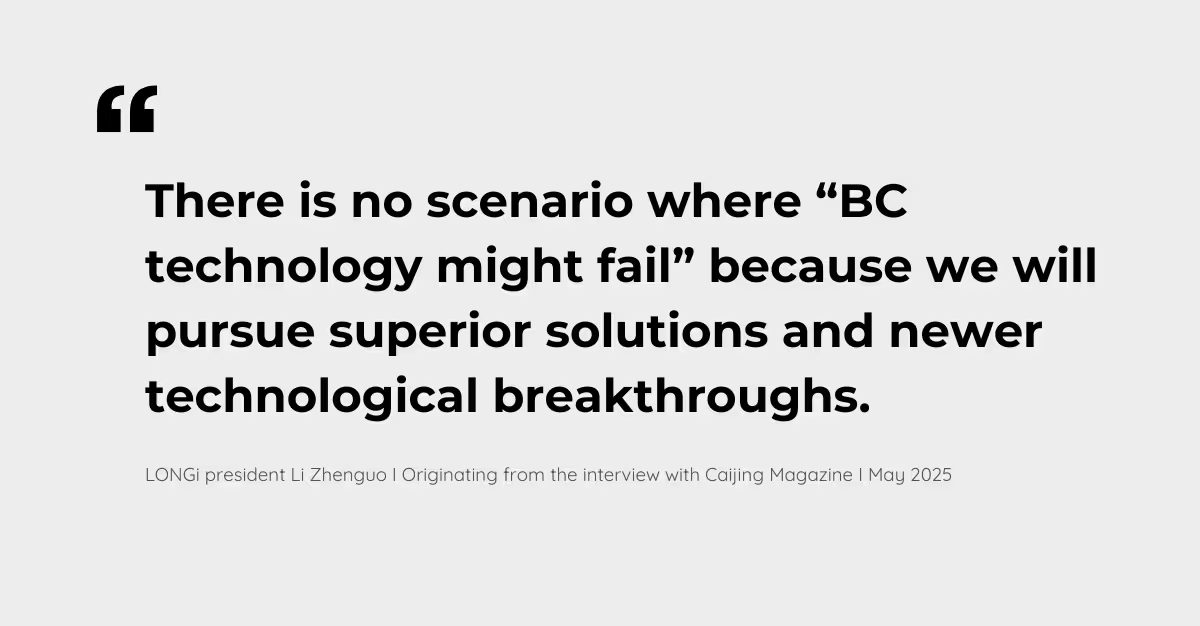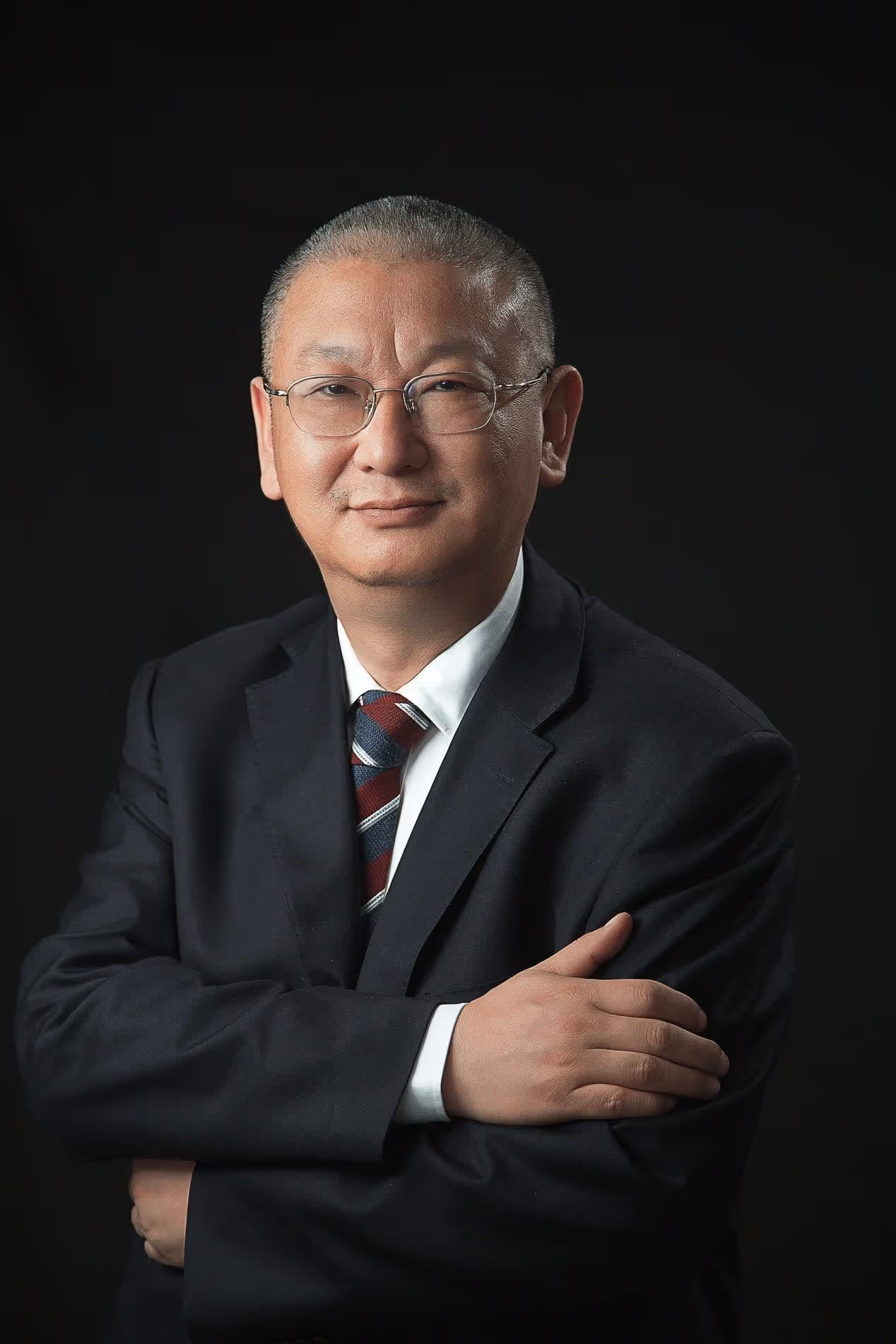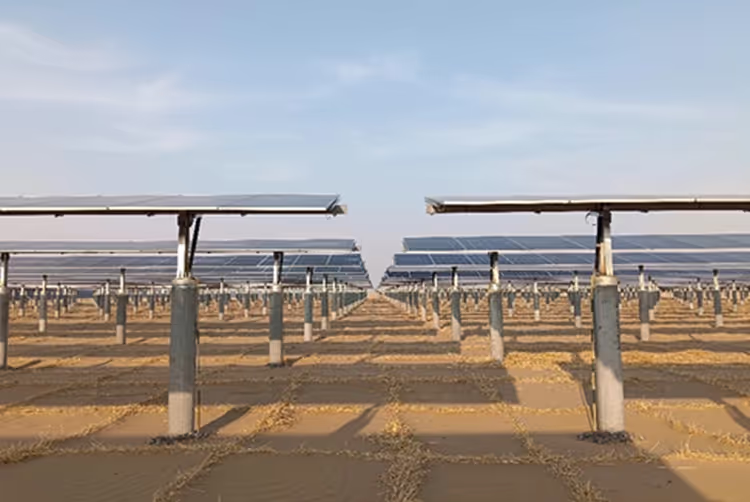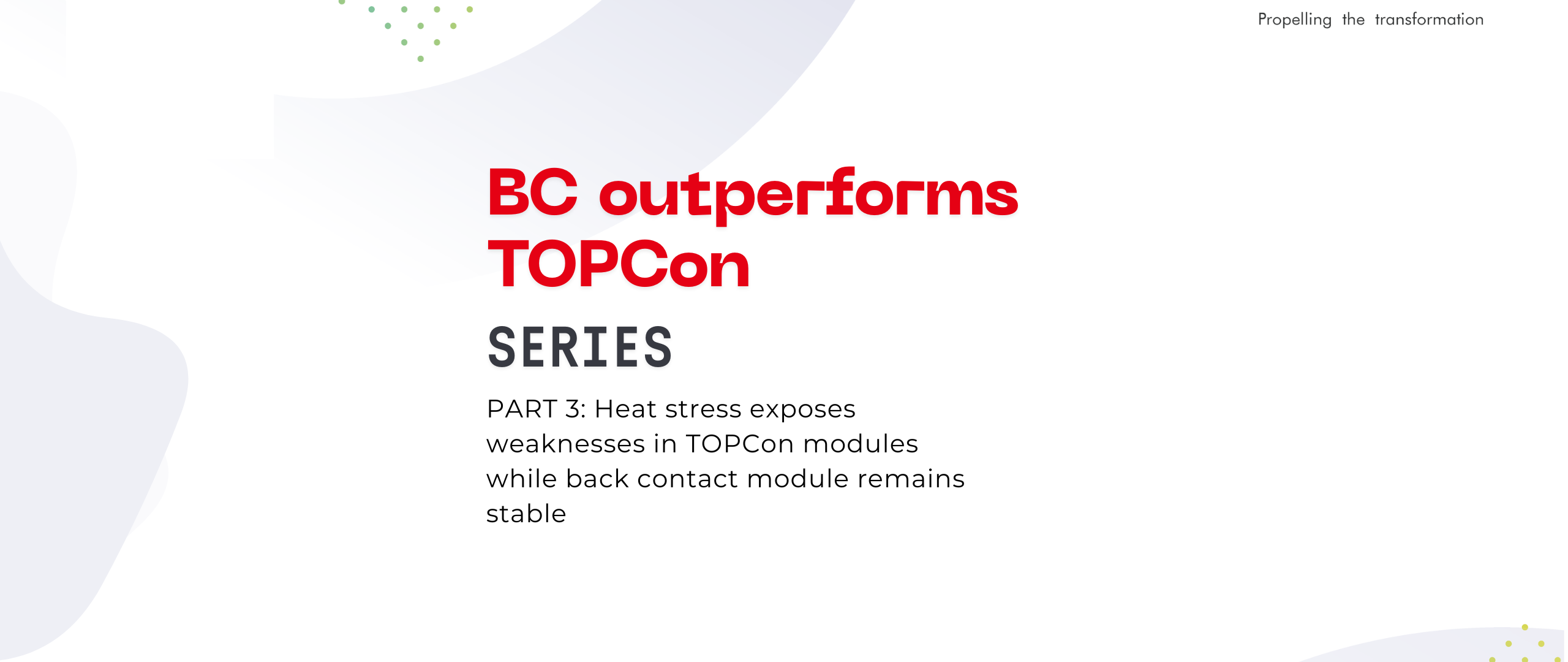LONGi president Li Zhenguo projects BC cell market share to surpass 30% by 2028

Date
June 26, 2025
read time
3
Minutes
Subscribe to the LONGi Newsletter
Interview excerpt from Caijing Magazine
In a recent interview with the Chinese business magazine Caijing Magazine, LONGi founder and president Li Zhenguo offered detailed insight into the company's strategic adjustments, its commitment to back contact (BC) solar cell technology, and the future trajectory of the global photovoltaic (PV) industry. The conversation, conducted by Executive Editor Mark, addressed market concerns about LONGi’s technological roadmap and competitive positioning during a time of industry transition.

Li stated that LONGi had made three significant shifts in 2024 to reinforce its market position. First, the company had achieved a technological breakthrough in second-generation back contact cells. According to Li, by the second half of 2025, LONGi would reach a proprietary BC cell production capacity of 50 GW, complemented by an additional 10 GW via partnerships—making it the most advanced mass-produced PV product worldwide.
Secondly, he explained, LONGi had streamlined its internal structure, reducing redundancies and strengthening its teams. Lastly, the firm had redefined its strategic scope to go beyond module manufacturing, focusing increasingly on scenario-based applications such as solar-plus-storage systems and the development of hydrogen, ammonia, and methanol projects.
When asked why LONGi remained confident in BC technology despite some market skepticism, Li emphasized that the core physics behind the concept were clear: front-side grid lines on conventional solar cells block sunlight. By relocating all electrodes to the back, BC cells eliminate shading losses and improve efficiency. He noted that the industry had previously been held back by the technology’s complexity and cost. It had taken LONGi seven to eight years of innovation to overcome these barriers.
Li confirmed that these issues had now been resolved. The second-generation BC cells were said to deliver yields exceeding 98%, comparable to or better than TOPCon. Financial performance indicators in the second half of 2025, he added, would make the cost advantages of BC visible. He also pointed out an additional benefit: the co-planar electrode design of BC modules had unexpectedly improved safety through easier bypass configuration—a factor the team had initially underestimated.
Looking forward, Li projected that BC cells would claim more than 30% of the global market by 2028, and could exceed 50% by 2030.
Asked whether a contingency plan existed in case BC underperformed, Li dismissed the notion of a “failure scenario.” He stressed that the company would always pursue superior and next-generation solutions. While the first generation of BC products had fulfilled technical expectations, they had initially seemed less competitive due to TOPCon’s rapid advancement. However, the second generation had since surpassed TOPCon in performance. According to Li, each BC iteration built upon the last, creating a strong foundation for future development.
He described LONGi’s R&D philosophy as “broad research, focused implementation,” explaining that the company consistently explores multiple technological directions in parallel. In this context, BC was not a technological dead end; instead, it was part of a broader innovation ecosystem that included alternative solutions already in development.
As for the next phase in solar technology, Li stated that monocrystalline silicon cells were approaching their theoretical efficiency ceiling of 29.4%. With laboratories nearing 28% and mass production hovering around 27%, he identified tandem cells as the next breakthrough in cost efficiency. However, he noted that perovskite-based tandem cells remained immature, with considerable uncertainty surrounding their large-scale engineering feasibility.
Finally, Li reflected on how China’s PV sector had achieved global leadership. He attributed this to the dedication of Chinese PV professionals and to the open-source nature of solar innovation over the past decade. New technologies, he explained, quickly became shared industry knowledge, aided by a highly integrated supply chain of equipment and material providers.
Caijing Magazine is a prominent Chinese publication focusing on finance, economics, business, and public affairs. Established in June 1998 by journalist Hu Shuli, it is headquartered in Beijing and published biweekly. Caijing is known for its in-depth reporting and analysis, covering topics such as economic reforms, capital markets, and policy developments in China.




